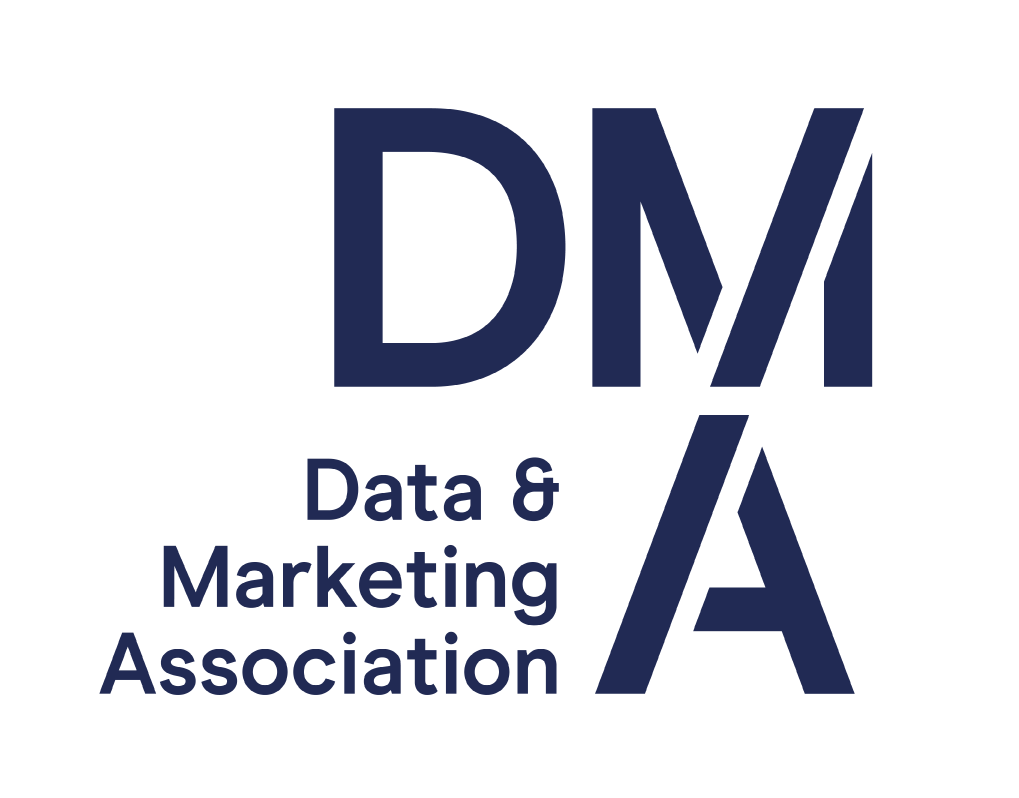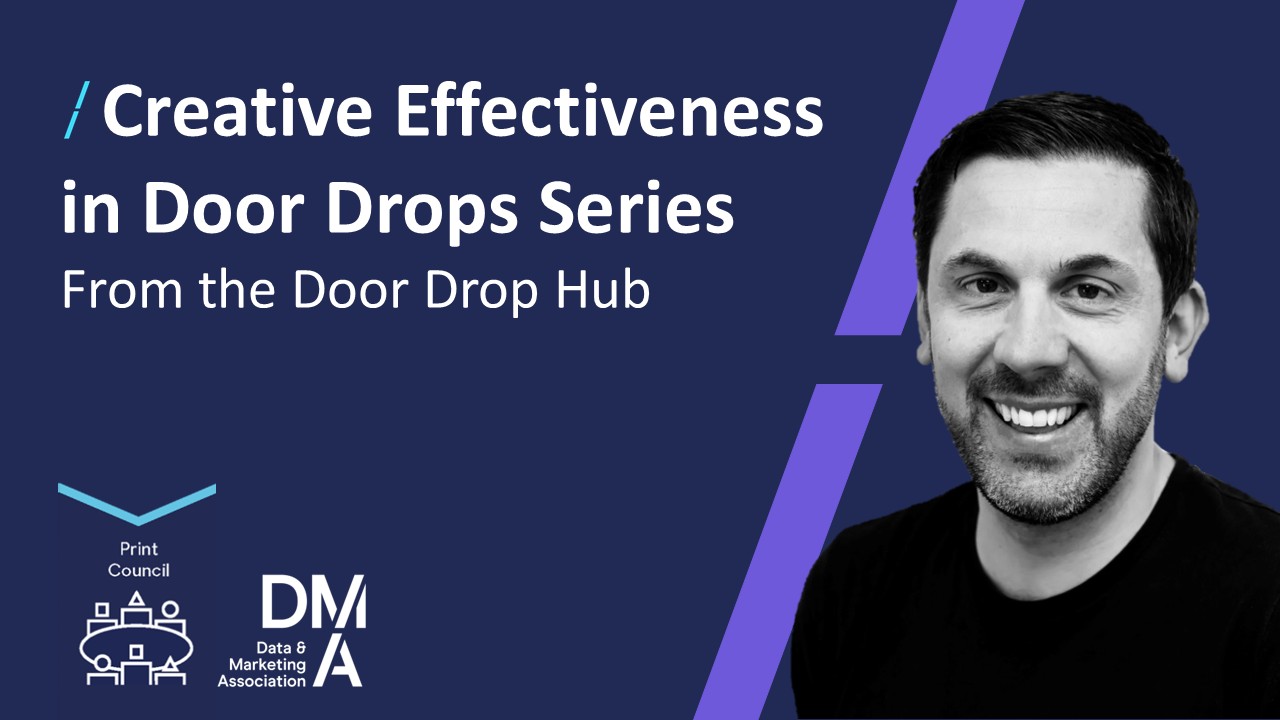From letterbox to inbox - Building customer relationships 2013
04 Jul 2013
Executive summary
Direct mail has faced a challenge to its place in the marketing mix over the last decade in the face of the rise of email and, more recently, social and mobile media. Yet physical communications retain an important place in consumers’ affections and can be a powerful option for brands. To substantiate how consumers view, treat and respond to direct mail, the DMA Print Personalisation Tracker randomly selected 1,232 individuals from the fast.MAP Consumer Voice panel to provide a representative sample of the UK population. They were served an online, self-completion questionnaire of 28 questions covering actual receipt of marketing, preferences by channel, treatment and actions with items received, and views about the changing media landscape.
This report presents the findings from this survey, which include:
• As well as being tangible (68%), consumers rate direct mail highest for being trustworthy (56%) and authoritative (55%). Email scores highest for being easy to respond to (67%).
• Direct mail is the preferred channel for receiving marketing from local shops (51%) and banks (48%), while email is preferred for events and competitions (50% each). Preferences for channel are very similar in the case of supermarkets with direct mail chosen by 48% against email being preferred by 45%.
• Surprisingly, 79% of consumers act on direct mail immediately compared to only 45% who say they deal with email straightaway.
• One-third of consumers anticipate the post and feel disappointed if none arrives.
• Nearly half (48%) of consumers say they open an item of post if it is personally addressed to them, but 41% will throw direct mail away unopened if it is not personally addressed.
• Direct mail benefits from a “mantelpiece effect” - 48% of consumers say they occasionally keep an item of interest while 17% do so regularly.
• Remarkably, more consumers say they respond to a mailing by going to a brand’s website to find out more than by using a search engine for the same purpose (44% compared to 34%).
• Offered a simple yes or no option about sharing their data with marketers, consumers as a whole are almost equally split between those who will provide their personal data in order to get tailored and relevant communications against those who would accept generic messages if they do not have to provide their data.
• When consumers request information from a brand, the timescale they have in mind to receive it is specific and short – 41% want their information to arrive within two to four days of asking for it, while 44% will wait for a week.
• Consumers do not necessarily support the move to digital which many marketers have been driving – six out of 10 say it would damage their view of a brand they currently use if they had to pay in order to get information in printed form, while 56% say it would harm a brand they might consider using.
• Expectations of a fully-digital world also risk being over-estimated by marketers – the youngest group of consumers (aged 18 to 34) are the least likely to predict a world where everything has become digital. One in five of this group say this will never happen, twice the level of older age groups. Across all consumers, 45% believe a world without physical communications would be worse – just 15% think it would be better.
![]() From letterbox to inbox - Building customer relationships 2013
From letterbox to inbox - Building customer relationships 2013






Please login to comment.
Comments